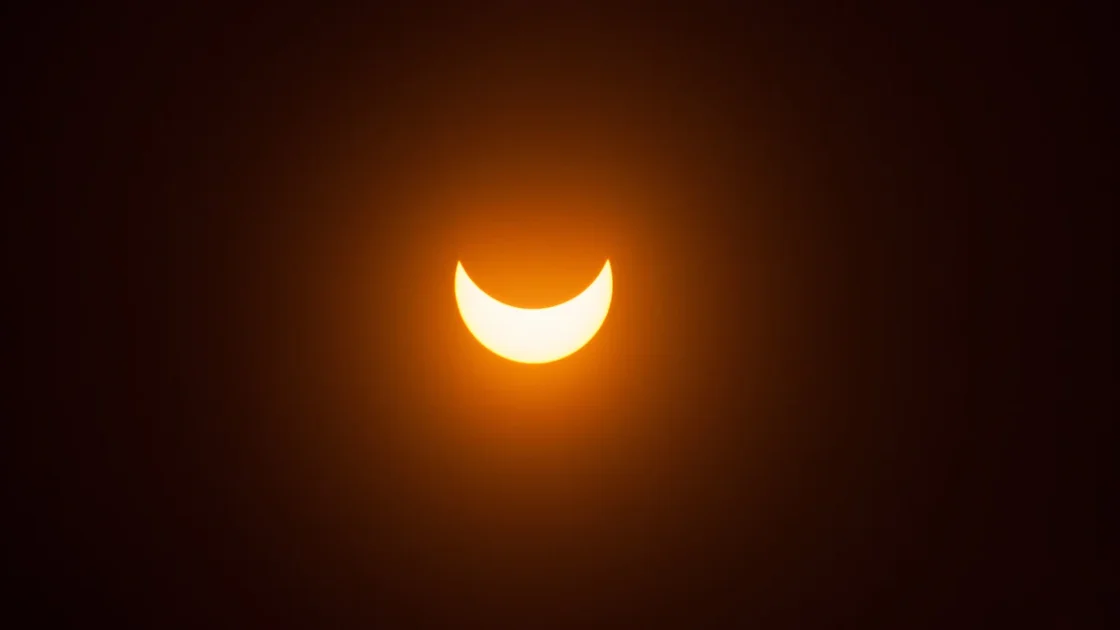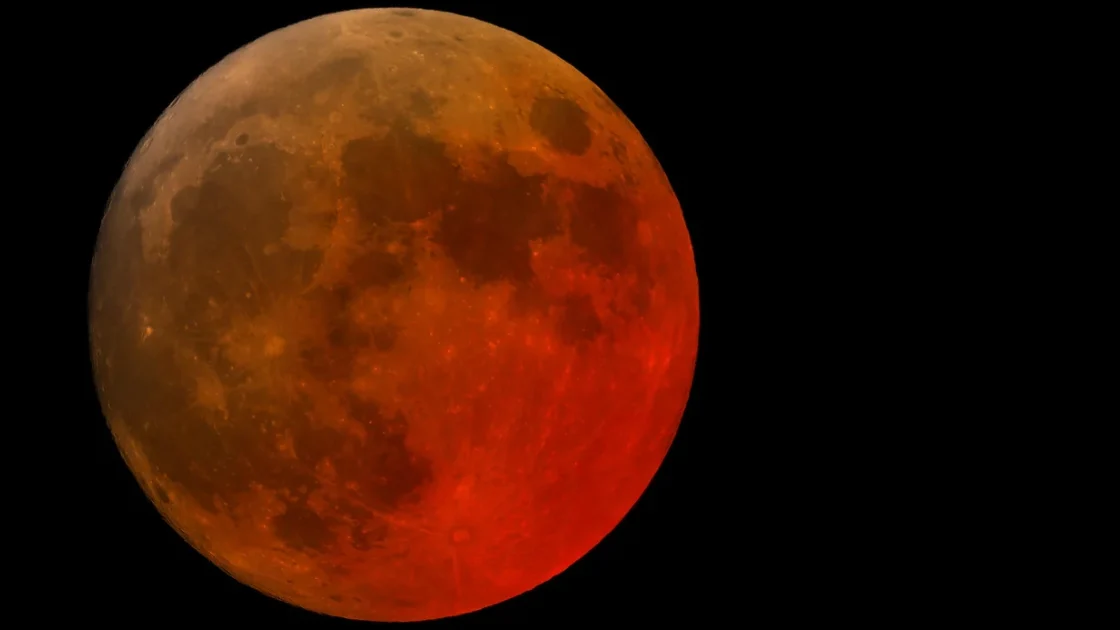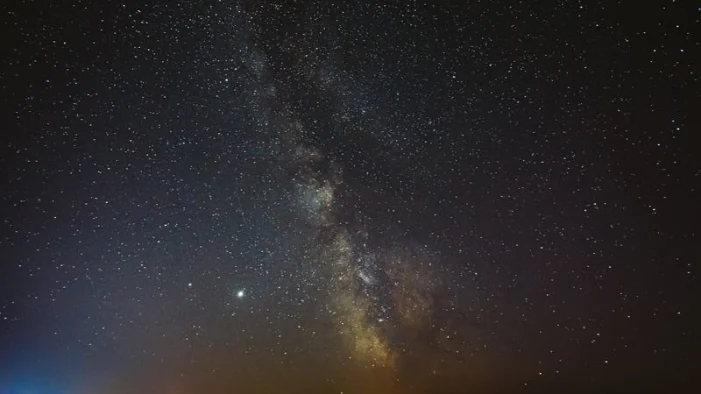On Saturday, March 29, 2025, a partial solar eclipse will be visible across parts of North America, Europe, Russia, and Africa. During a partial solar eclipse, the Moon passes between the Earth and the Sun without perfectly aligning. This will create a crescent-shaped Sun. Or it’ll look like the Moon has taken a “bite” out …





